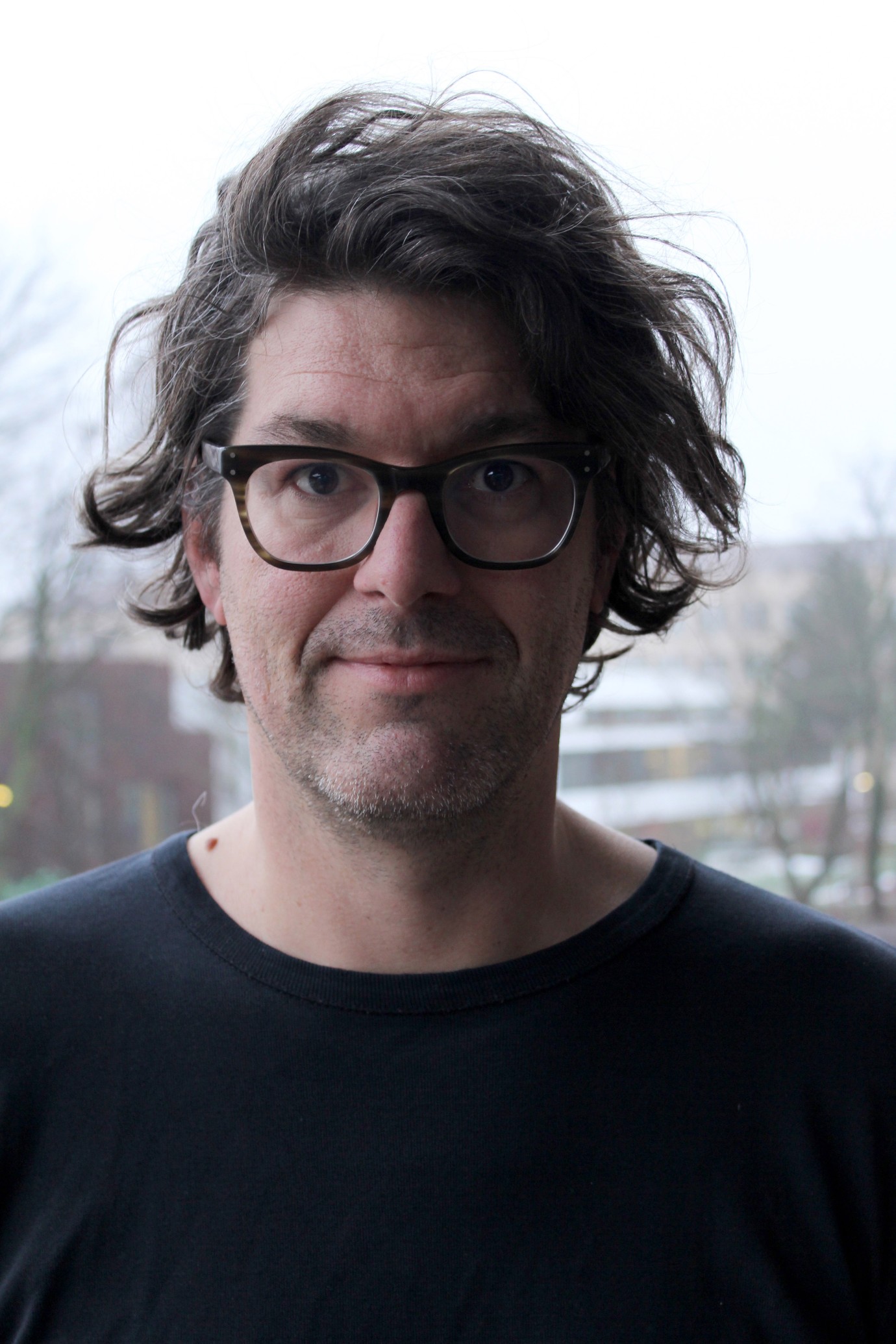
Les Sauteurs | Those Who Jump by Moritz Siebert, Estephan Wagner, Abou Bakar Sidibé
DNK 2016, Forum

Les Sauteurs | Those Who Jump by Moritz Siebert, Estephan Wagner, Abou Bakar Sidibé
DNK 2016, Forum

Moritz Siebert
Les Sauteurs | Those Who Jump by Moritz Siebert, Estephan Wagner, Abou Bakar Sidibé
DNK 2016, Forum

Estephan Wagner
Les Sauteurs | Those Who Jump by Moritz Siebert, Estephan Wagner, Abou Bakar Sidibé
DNK 2016, Forum

Abou Bakar Sidibé
Les Sauteurs | Those Who Jump by Moritz Siebert, Estephan Wagner, Abou Bakar Sidibé
DNK 2016, Forum
Les Sauteurs carries out a unique shift in perspective: the abstract, anonymous thermal images of the surveillance cameras stand in contrast to the subjective gaze of an individual. After meeting Moritz Siebert and Estephan Wagner, Sidibé takes on the responsibility for their camera, tirelessly documenting his living conditions on the sidelines of an EU under lockdown.
World Sales
Wide House
Additional information

Moritz Siebert, Estephan Wagner, Ansgar Vogt
Two of the directors of the film with the moderator.
Les Sauteurs · Forum · Feb 17, 2016

Abou Bakar Sidibé
The Malian co-director of the film.
Les Sauteurs · Forum · Feb 17, 2016

Moritz Siebert, Abou Bakar Sidibé
The winners of the prize of the ecumenical jury.
Les Sauteurs · Forum · Prizes of the Independent Juries · Feb 20, 2016

Abou Bakar Sidibé
The winner of the prize of the ecumenical jury.
Les Sauteurs · Forum · Prizes of the Independent Juries · Feb 20, 2016
The directors Estephan Wagner, Abou Bakar Sidibé and Moritz Siebert on their film.
Les Sauteurs | Those Who Jump
Berlinale Meets | Interview · Feb 18, 2016
Les Sauteurs | Those Who Jump
Film Excerpt


